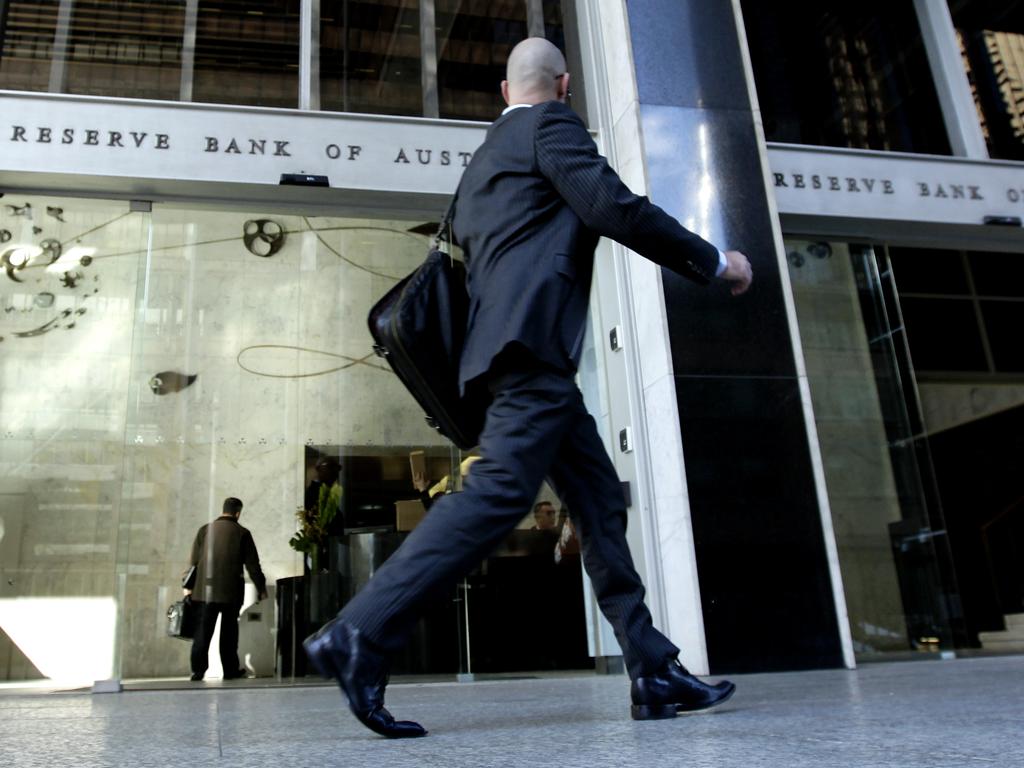Rate cut chance recedes after jobs data
Better-than-expected jobs figures cut expectations of a February rate cut, as economists say RBA stimulus is ‘starting to work’.

Better-than-expected jobs figures have cut expectations of a February interest rate cut.
Data showed 28,900 jobs were added over December, beating expectations of 12,000, while unemployment was 5.1 per cent versus the expected figure of 5.2 per cent.
The fall will be welcomed as a sign of recovery in the economy, giving the Reserve Bank of Australia time to think about the need for a further cut in interest rates.
The RBA slashed rates three times in 2019, and has signalled a willingness to wait and see how the stimulus affects the economy.
Following the jobs figures, Commonwealth Bank said it had pushed back its predicted timing for the next RBA rate cut from February to April, while ANZ said it was reviewing its forecasts. NAB is sticking with a February rate cut.
The jobless rate is the lowest in 10 months but the jobs growth was entirely part-time, with full-time jobs down 300 and part-time up 29,200.
The participation rate was unchanged at 66 per cent, as expected. The seasonally adjusted results showed the underemployment rate remaining steady at 8.3 per cent.
The strength of the job market defies concerns the nation’s bushfire crisis could curb hiring.
The figures prompted a sell-off on the ASX and a 0.4 per cent jump in the dollar.
The market-implied chance of a February rate cut plunged to 29 per cent, from 62 per cent before the data.
However the market is still fully pricing a rate cut by June.
Capital Economics said the figures show Reserve Bank policy stimulus is starting to work.
“The fall in the unemployment rate to a nine-month low in December underlines that monetary and fiscal stimulus are starting to work and reduces the pressure on the RBA to cut interest rates next month,” says senior economist Marcel Thieliant.
“Admittedly those job gains were entirely due to higher part-time employment whereas full-time employment dipped slightly, but that didn’t prevent the under-utilisation rate to fall from 13.5 per cent to 13.4 per cent.”
Mr Thieliant now says his prior view that the unemployment rate will climb to 5.5 per cent by mid-2020 is “becoming increasingly unlikely”.
He notes that business surveys point to a rebound in employment growth from 2.1 per cent year on year in December to 2.5pc over the next few months.
And while our composite measure of job vacancies still points to a higher unemployment rate, two out of three of its components rebounded in the latest observation.
“The RBA may still decide to cut interest rates in February because the current rate of wage growth isn’t enough to meet its inflation target,” he says.
“But with spare capacity in the labour market starting to diminish, there is now less urgency to do so.”
The unemployment rate remains well above the RBA’s estimate of full employment of 4.5 per cent.
Economists said some caution was needed in interpreting the data, as impact of the wildfires was likely to emerge more fully in January.
The fire season in Australia extends through to March and more hot weather is expected.
Patrick Cumming, economist at Oxford Economics, said the bushfire season is set to be one of the worst on record, particularly for the more heavily populated southeastern states.
So far, swathes of New South Wales, Victoria and South Australia have been hit hard with more than 2,600 homes destroyed, and 30 deaths.
Parts of eastern Australia have seen unprecedented damage, with 10.7 million hectares burned since the start of the fire season.
The scale of the fire disaster has seen confidence drop and triggered calls for economic stimulus.
Business groups have ramped up calls for the federal government to respond forcefully to the crisis, with pressure mounting on Treasurer Josh Frydenberg to abandon a pledge to return the budget to surplus.
The RBA is expected to lower its forecasts for GDP growth in February as a result of the fires and ongoing weakness in consumer spending.
Economists have warned that the fire season is far from over in Australia, raising the risk of further downgrades to the economic outlook.
Australia is no stranger to natural disasters. In early 2011, floods in Queensland largely brought a halt to coal mining in the state, forcing the GDP growth to fall briefly, before recovering when the waters receded.
With Dow Jones Newswires





To join the conversation, please log in. Don't have an account? Register
Join the conversation, you are commenting as Logout